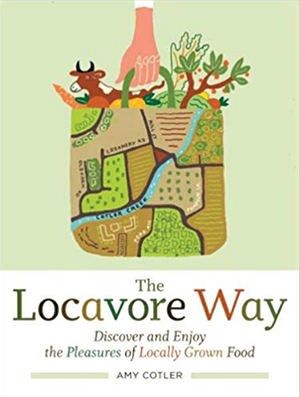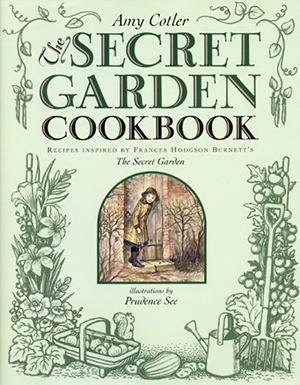 I’m a sucker for local food-based small town events. So meet me at the 1st annual Wareham Oyster Festival this Sunday in Wareham, of course, which is in eastern Massachusetts. (Info here.)
I’m a sucker for local food-based small town events. So meet me at the 1st annual Wareham Oyster Festival this Sunday in Wareham, of course, which is in eastern Massachusetts. (Info here.)
The festival will feature Wareham and other regional oysters, live music and artisans, as well as paddle boats and kayak rides on the beautiful Wareham River. Finish up your day at any restaurant along the oyster trail map — all serving oyster dishes. It’s here. (Gala tomorrow here. Read about the speaker series here.)

Tides out oyster farming.
(Busy oyster farmers out there, But better pictures are promised!)
Below are some fun oyster facts from farmer Aaron Brochu, owner and oyster farmer at Big Rock Oyster. He’ll be running one of the raw bars in Wareham at the Oyster Festival, where you’ll notice me (look for the redhead) slurping down oysters till I can’t anymore. (And clams of course too.)
So what’s the story with varieties?
These days, all east coast oysters, with rare exceptions, are the same variety, generally called the American or Eastern Oysters. So their distinctive flavor comes not from their variety but from their location, their terroir, literally giving them a taste of place. Aaron says his are tad saltier than most regional oysters with a clean taste that comes from tide turning over twice a day. (I look forward to tasting them.)
 Big Rock Oyster will be providing many of the festival’s oysters
Big Rock Oyster will be providing many of the festival’s oysters
Aaron Brochu started his business in 1999 when he says there weren’t many oyster farmers in the area. His beds are in Crowes Pasture in Dennis, a conservation area in Cape Cod Bay, where he raises 4-5 million oysters on 3 acres. (Yes, it’s packed.)
How do you farm oysters?
Aaron starts with baby oysters bought from a hatchery. Then the process is straightforward: Oysters are moved as they get bigger, first to mesh bags, then aqua trays and later to wire mesh cages.(The bigger the mesh the bigger they grow.)
In Dennis, the tide is such that these oysters spend lots of time out of water. So, strange as it sounds, trucks drive between the beds, using people and machines to cull and sort oysters by size. (Oysters grow better when they room with those the same size so they are all sucking water in and out similarly.) The oysters grow to edible size on this farm in 2 to 2-1/2 years, although in places where they’re in the water more, they grow much faster.
Today Aaron has 15 employees who work in 3 sections — farming, wholesaling and delivery. Meet the farmers here.
 How eco-friendly are oysters?
How eco-friendly are oysters?
Oysters are nature’s water filters, each cleaning up to 15 gallons a day. Most carbon in the atmosphere is sucked into the sea. But oysters reduce some of it, using carbon to help build their shells.
Why is is hard to start up and/or expand oyster beds?
Aaron says one reason is: Oyster farming is always on prime real estate — oceanfront. Wealthy folks who live on the ocean are not interested in having their view obscured with commercial farming.
Video
From the Wall Street Journal. Not the typical oyster farmer, Jim Ferry moved from consulting, choosing outdoor life as a part-time worker at Big Rock Oyster. Video here.
Recipe?
Oysters with the last of the apples in a tart mignonette here.






